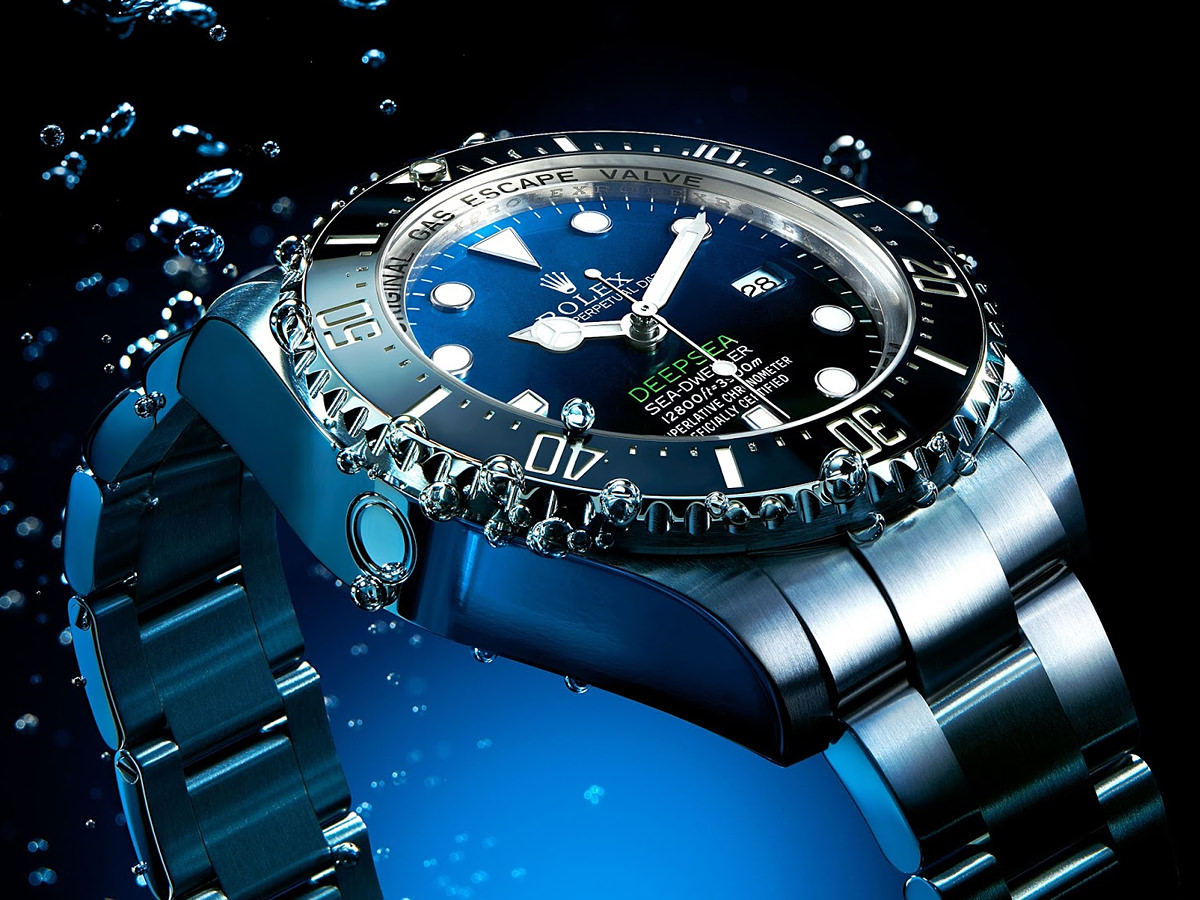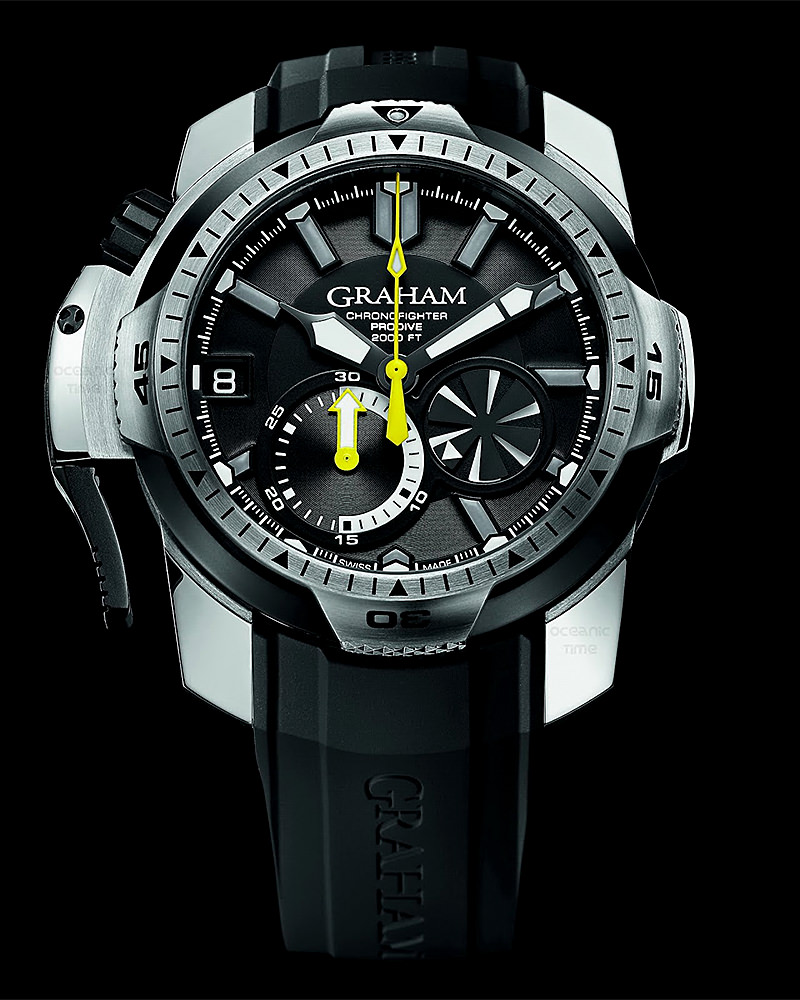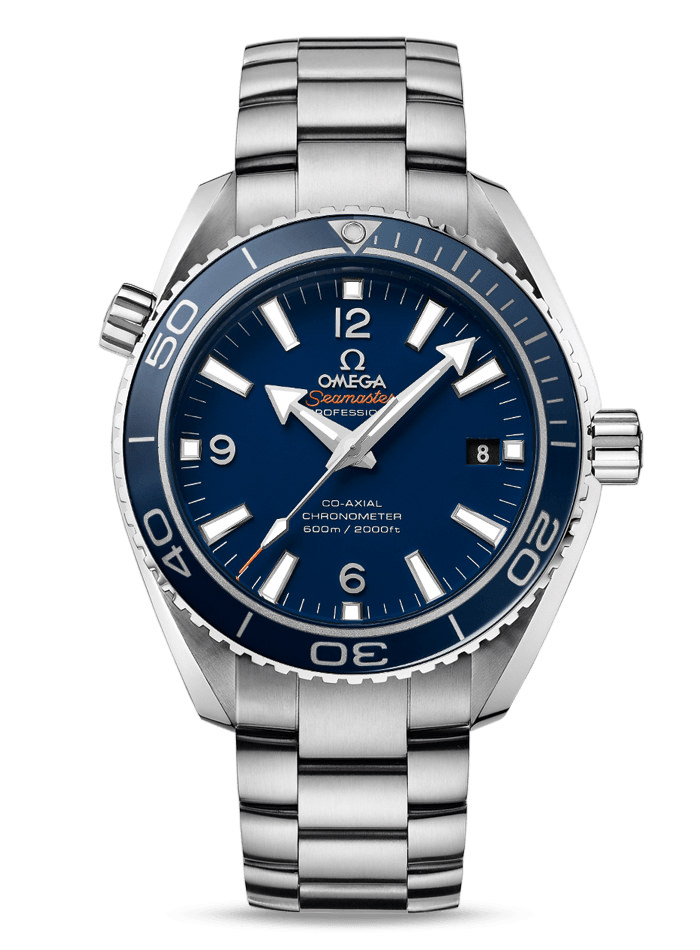FeatureHelium Escape Valve
Protects your watch during Deep Sea Diving
May We Recommend
Found in professional diving watches, a helium escape valve is fitted with the purpose of protecting the case from damage during deep sea diving. These are more common in mechanical watches than watches that are powered by quartz movements, and usually feature in watches that have greater water resistance.

In the 1960s, commercial diving was growing substantially. Diving bells and underwater habitats were becoming popular at this time and were being used in a number of operations across the globe. It was at this time that divers found that while rising up to the surface in the diving bells, the sapphire crystals on their watches were popping off. Studying this phenomenon revealed that this was happening because of the difference in pressure inside the watch case and outside.
When professional divers are working at great depths of the ocean, they spend several days in a diving bell. The pressure inside the diving bell is increased gradually to the level that it matches the pressure at which they are working underwater. The diving bells are then lowered to the site and the divers leave the bell to do their work.
After work is complete, divers return to the diving bell, which is then raised up to the surface. Inside the diving bell, the divers breathe a mix of gases, which include helium as well. Helium is the second smallest atom on the earth and hence can penetrate through the rubber seals and water proof security of the watch case. But helium inside the watch is not a problem and is not really something to worry about. The issue arises when the pressure in the diving bell is lowered as the diving bell rises up. This causes a pressure difference between trapped helium inside the watch case and the environment, and can cause damage to the watch, such as the crystal exploding.

With the aim to tackle this issue, Rolex engineers worked on the first helium escape valve in the 1960s. The valve is loaded with a spring which opens when the pressure difference reaches a certain critical level. This allows the helium atoms to escape from the watch case, thus causing equilibrium in pressure. Rolex patented the “gas relief valve” and used it for the first time in the Sea Dweller.
The helium escape valve is a mark of great engineering and can be found in many high-end professional diving watches. Below are a few popular watches that feature helium escape valves.









